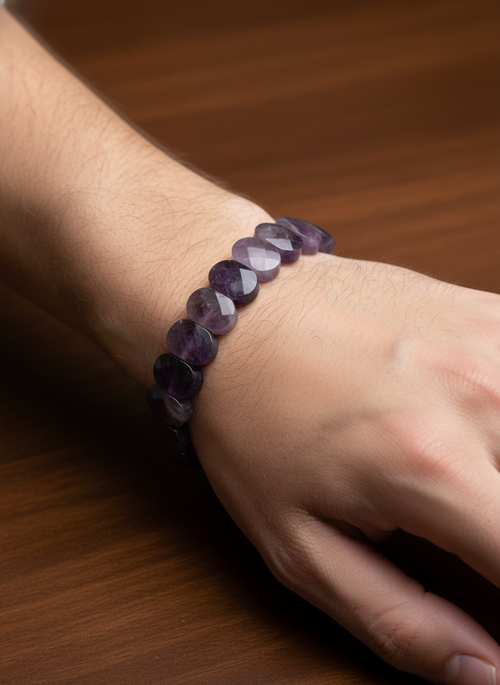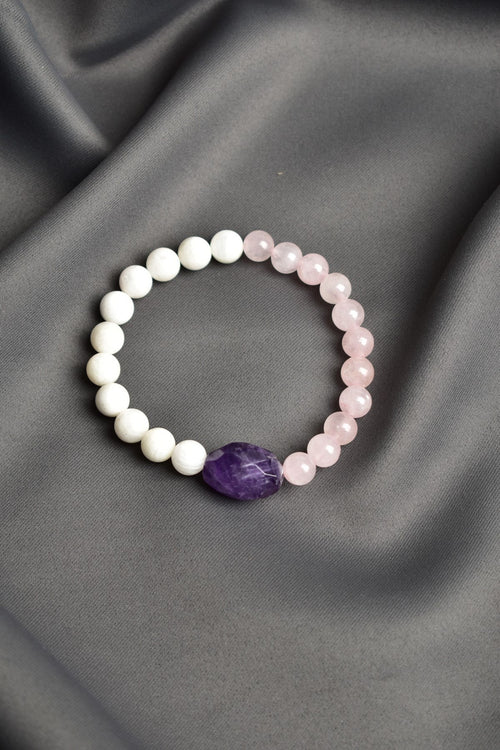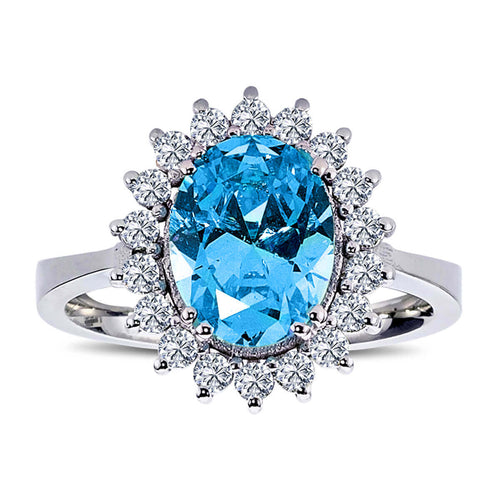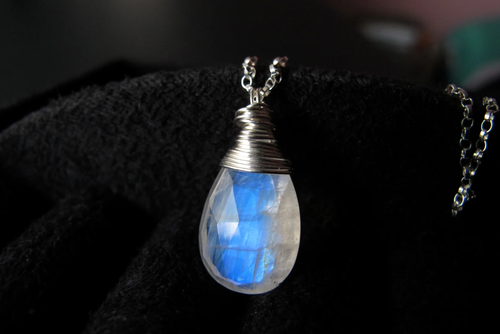ALL PRODUCTS IGSL INTERNATIONAL CERTIFIED
Ametrine is a precious quartz variety formed by the combination of amethyst and citrine minerals. The combination of two different colors (purple and yellow) in a single stone gives ametrine a unique appearance. This article examines where Ametrine is extracted, its mineral structure, areas of use and price differences.
Where is Ametrine Stone Extracted?
Ametrine can be found in a limited number of locations worldwide. The main ametrine deposits are in Bolivia, Brazil and India. The Anahí Mine in Bolivia in particular is one of the world's largest and highest quality sources of ametrine.
- Bolivia: Anahí Mine is one of the most famous and largest mines where high-quality ametrine stones are extracted.
- Brazil: The Minas Gerais region is known for its amethyst and citrine deposits, where ametrine can also be mined.
- India: Ametrine stones can be found in Rajasthan and Tamil Nadu regions.
Mineral Structure
Ametrine is a stone belonging to the quartz mineral group and its chemical formula is SiO2 (silicon dioxide). The stone is formed by the combination of amethyst and citrine minerals, so it has purple (amethyst) and yellow (citrine) colors. Ametrine crystallizes in the trigonal crystal system and has a hardness of 7 on the Mohs hardness scale. These features make the stone durable and suitable for jewelry making.
Areas of Use of Ametrine Stone
Ametrine is widely used in various jewelry and ornaments due to its aesthetic and durability properties. Here are some types of jewelry in which Ametrine stone is used:
- Necklace: Ametrine necklaces are popular jewelry pieces that showcase the stone's unique two-tone appearance.
- Ring: Ametrine rings are often used with precious metals such as silver or gold.
- Earrings: Ametrine earrings are among the jewelry that highlights the natural beauty of the stone.
- Bracelet: Ametrine bracelets are preferred accessories for both daily use and special occasions.
- Rosary: Ametrine rosaries are used for both spiritual and aesthetic purposes.
Price Differences
The price of Ametrine stone varies depending on various factors. These factors include the color of the stone, color distribution, clarity, cut, carat weight and source. Here are the main factors that affect Ametrine prices:
- Color and Color Distribution: The most valuable ametrine stones are those with distinct and even color distribution. Stones with clear separation of purple and yellow colors can be sold for higher prices.
- Clarity: Ametrine stones that are clear and without internal inclusions are in greater demand and hence sell for higher prices.
- Cut: Professionally cut and polished ametrine stones are more valuable because they reflect light better.
- Carat Weight: Larger and heavier ametrine stones generally command higher prices than smaller stones.
- Source: High-quality ametrine stones from Bolivia are often more valuable than those from other sources.
Conclusion
Ametrine stone is a valuable natural stone with its unique two-tone appearance and durability. This stone, which is mined in a limited number of regions around the world, is widely used in jewelry and ornaments with its aesthetic and physical properties. Its chemical structure and physical properties make Ametrine a sought-after stone in jewelry making. Ametrine stone, whose price varies depending on color, color distribution, clarity, cut, carat weight and source, has a valuable place both in jewelry making and in collections.



























